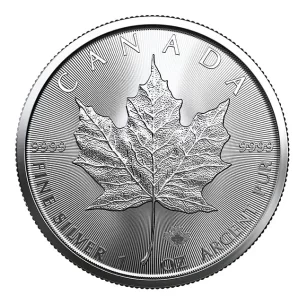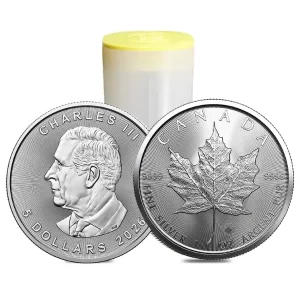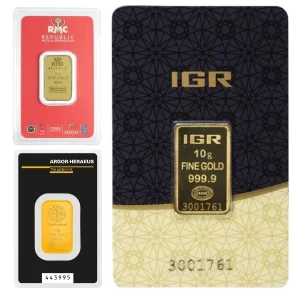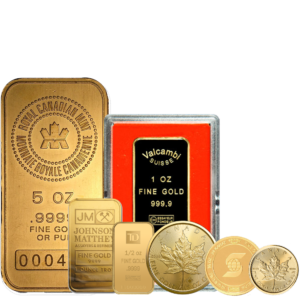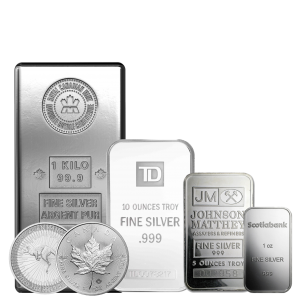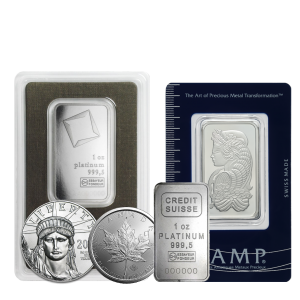Spot silver prices have crossed the $50 USD per ounce threshold, reaching a high of $51.30 marking its new intraday high. This marks the highest nominal price since the 1980 peak during the Hunt Brothers episode, when silver briefly flirted with $50. Adjusted for inflation, that earlier summit equates to over $190 in current dollars, but the present level represents a significant benchmark in contemporary market history.
Year-to-Date Performance: A 70% Gain Outpaces Traditional Equity Benchmarks
In 2025, silver has appreciated by more than 70% from its January starting point of approximately $29.50 USD per ounce. This substantial return contrasts sharply with stocks, where an 8-10% annual gain in indices like the S&P 500 is often regarded as strong performance. For instance, the S&P 500’s 24% rise in 2023 was exceptional, yet silver’s current trajectory demonstrates the potential for precious metals to deliver far superior results amid economic shifts like the one we are facing today.
Underlying Dynamics: Persistent Silver Supply Deficits Worldwide
Global silver markets are characterized by ongoing supply shortfalls, with demand exceeding production by 117-200+ million ounces annually for the past five years. Cumulative deficits since 2021 total around 800-900 million ounces, comparable to an entire year’s mining output. Primary production remains stable at roughly 835 million ounces per year, constrained by operational disruptions in key regions like Peru and Mexico. Meanwhile, industrial demand – particularly from renewable energy sectors – reached 197 million ounces last year and is projected to double to nearly 400 million ounces by 2029. Below, we examine these constraints across various market segments.
Dealers and Refineries: Operational Constraints Intensify
Refineries in North America, including those in New York and along the East Coast, have curtailed purchases due to processing backlogs extending up to three months. Communications from major refiners indicate that high demand and refining delays have elevated spot prices above futures levels, leading to a temporary halt in accepting new material. Non-standard forms, such as pre-1968 Canadian coins or sterling silver, are being rejected in favor of high-purity bullion to optimize throughput. In Florida, dealers report significant inventory reductions amid broader industry pressures.
Internationally, institutions like Australia’s Perth Mint, South Africa’s Rand Refinery, and Canada’s Royal Canadian Mint are allocating output preferentially to wholesale channels, limiting retail availability. Premiums on physical products have risen 20-30% above spot in some areas through the U.S., with wholesalers facing shortages in items like 90% silver coin bags and kilogram bars. Analysts, including Vince Lanci of Matterhorn Asset Management, describe this as a genuine physical shortfall, with potential for delivery issues by December.
Exchange-Traded Funds: Premiums Reflect Sourcing Challenges
In India, silver ETFs have seen inflows of 86 billion rupees ($969 million) through August, exceeding the prior year’s total, but are now subject to restrictions due to these historic inflows. Kotak Mutual Fund has paused lump-sum investments in its Silver ETF Fund of Funds due to difficulties in procuring silver at viable prices. The Nippon India Silver ETF traded at a 10% premium to its net asset value, with intraday gains of 9%, underscoring liquidity strains.
In the U.S., the iShares Silver Trust (SLV) issued 10 million shares over five days amid unavailable borrowing, signaling potential for upward pressure. Commentators like Deepak Shenoy of Capitalmind highlight insufficient supply as a driver of elevated ETF valuations. Projections from Incrementum’s “In Gold We Trust” report suggest exchange-traded product holdings could reach 200 million ounces by 2027, contingent, of course, on resolving current supply limitations because if there is no silver, you simply cannot invest in it.
Bullion Banks and the London Market: Indicators of Acute Stress
London Bullion Market Association vaults hold 792 million ounces, a notable decline year-to-date. One-month lease rates for silver spiked to a staggering 39.2%, the highest on record, indicating severe physical tightness.
To address transatlantic imbalances, 1,000-ounce bars are being airfreighted from London to New York, bypassing slower maritime routes. Reports from Arcadia Economics note critically low stocks of large good-delivery bars. TD Securities analysts anticipate a potential supply threshold in the LBMA, consistent with broader scarcity assessments. As Peter Spina of GoldSeek observes, the London market exhibits pronounced physical constraints, setting the stage for further appreciation.
Implications: A Compelling Case for Silver Allocation
The breach of $50 USD per ounce underscores a structural imbalance in silver markets, where demand growth from industrial and investment channels outstrips supply. This dynamic positions silver favorably relative to other assets, offering exposure to both monetary stability and technological progress. Investors may consider physical holdings to navigate rising premiums in paper markets. Monitoring December COMEX settlements will be key, as delivery strains could catalyze additional upside. As Mike Maloney notes, physical silver supplies are diminishing amid escalating demand, and it isn’t turning around any time soon. Hold physical silver today or forever hold your peace.
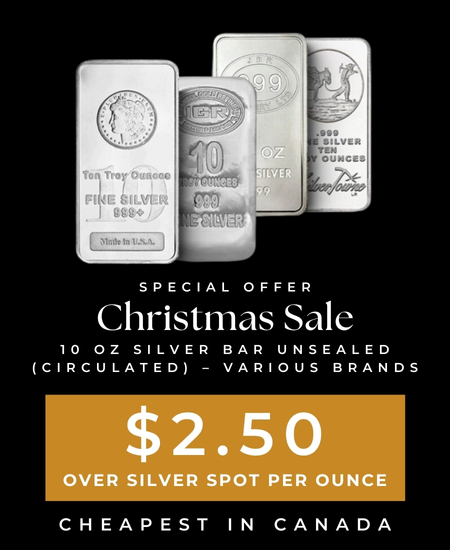
 Hi,
Hi,


